
Fast, affordable Internet access for all.

After decades of failed broadband policy-making and incumbent provider neglect, many Tribal communities continue to lack affordable and reliable Internet connectivity. Limited access to capital for last-mile deployment on Tribal lands has been exacerbated by a vast “missing middle mile” problem, and credible estimates put the costs of universal access on reservations at well over $10 billion.
Despite a historic investment in better Internet access from the federal government directly to Tribes, the problem is not even half solved. The first round of the Tribal Broadband Connectivity Program offered $2 billion in grants but received nearly $6 billion in requests from half of the 574 federally-recognized Tribes. With only $1 billion available in the final round of this program, an enormous funding gap remains.
Funding from the Broadband Equity, Access, and Deployment Program (BEAD) will have to be used strategically and collaboratively with Tribes to bridge this gap. The “high-cost area” match exemption could be an important tool to facilitate sustainable infrastructure deployment on Tribal lands, but it is not yet clear that states will make this exemption feasible.
Two years ago, Congress created BEAD and infused it with a historic $42 billion investment for broadband infrastructure with the goal of achieving universal connectivity. In a process overseen by the National Telecommunications Information Administration (NTIA), BEAD funds will be distributed through states with allocations based largely on the number of unserved locations in each state. States, in turn, are tasked with developing a process to disburse those funds to subgrantees. BEAD specifies that each proposed project must offer a minimum 25% match, except where that match requirement is waived - as it has been for designated “high-cost areas.”
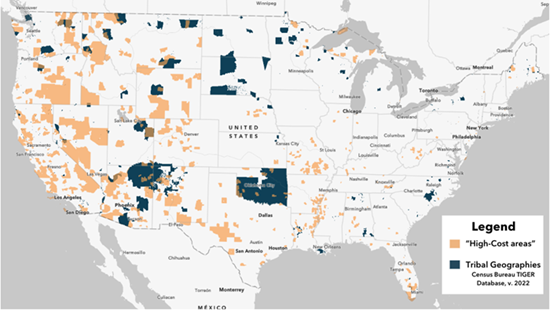
“High-cost area” designations are distinct from the similarly-named “Extremely High-Cost Threshold'' (EHCT). EHCT refers to a cost limit - set by each state individually - beyond which states may consider funding lower-cost alternatives to fiber optic technology, which should otherwise be the primary choice. If proposals to serve a location or locations with fiber cost more than the EHCT set by a state, it could instead choose to fund a proposal that used wireless, cable, or some other alternative.
(*To explore the overlap between Tribal lands and "high-cost areas" further click here to see interactive map).
In contrast, the “high-cost area” designation was determined by NTIA directly, taking into account levels of broadband access (less than 80% of households in the area are unserved) and certain socioeconomic and geographic parameters. NTIA ultimately chose census block groups as the base geography for determining these areas and applied a cost model that considered remoteness, population density, topography, poverty, and the costs for operating a network over its lifetime. A “high-cost area” designation meant that locations in that area would receive extra BEAD dollars and a boost in Affordable Connectivity Program (ACP) funding.
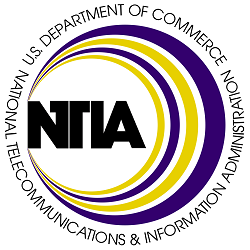
The “high-cost area” designations impacted the distribution of BEAD funding. Of the program’s $42.5 billion total, about $4 billion was allocated based on the presence of locations in “high-cost areas” in the state or territory. This amount was in addition to the funding states received for those locations in the standard distribution, which took into account the total number of unserved locations.
In short, NTIA determined a set of locations that it anticipated would entail higher costs over the lifetime of the network, and thus would require greater financial support. It then awarded additional amounts to states to provide that support.
The designation also came with an exemption for the standard 25% match. With higher costs for deployment and fewer potential customers in an area, the reasoning goes, match requirements in “high-cost areas” would potentially be cost-prohibitive.
Over the past few months, states have begun issuing their BEAD plans for public comment, and broadband advocates have analyzed those plans for exciting innovation or troubling blind spots. Compared to many other elements of the planning process, NTIA’s “high-cost areas” designation and its accompanying match exemption has received relatively little attention. But they are worth considering further as they could have important implications for Tribal ISPs - as well as many other nontraditional broadband providers.
Tribal Areas Designated “High-Cost” Could Present Opportunities
Encouraged by a recent increase in federal funding for tribal broadband, many Tribal governments have made expanding broadband infrastructure a priority as the ranks of Tribal ISPs are steadily increasing. Like other smaller broadband providers, these Tribal ISPs may struggle to meet a 25% match. Recent funding windfalls through the Tribal Broadband Connectivity Program (TBCP), while helping to drive broadband infrastructure development on tribal lands, cannot be used to fulfill the match. Though some Tribes have funding sources from gaming or other enterprises, many others do not, hampering their ability to meet a high match requirement.
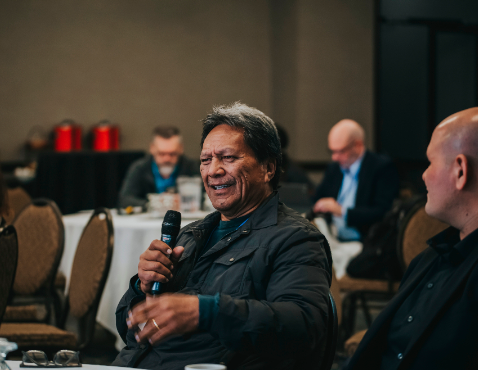
NTIA can grant match waivers in BEAD and there is recent precedent for such waivers for Tribes in other federal broadband programs, including ReConnect 3 and the Middle Mile Program. More broadly, Section 6 of Executive Order 13175, which guides the government-to-government relationship between the US and Tribal Nations, calls for a greater flexibility in granting waivers to Tribes. This is why Joe Valandra of Tribal Ready noted in a recent Fiber Broadband Association webinar, “I think Tribes have a real opportunity, across the board for waivers for BEAD funds,” and urged states to support such requests.
Here is where the “high-cost area” match exemption could be useful. Given the state of the digital divide in Indian Country and the additional parameters used by NTIA to determine “high-cost areas,” it is unsurprising that some Tribal lands received this designation. Whereas NTIA (and to a certain extent states) would generally decide on waiver requests on a case-by-case basis, the match requirement has already been waived in “high-cost areas.”
In keeping with the principles of Tribal sovereignty, states and territories have a statutory responsibility under BEAD to coordinate with Tribal governments. Where Tribal lands lie in NTIA-designated “high-cost areas,” this represents a unique and powerful opportunity for collaboration. Rather than prioritizing minimal BEAD outlay as the single most significant criteria - as most state plans have done - the waiver opens an alternative route for states that can more readily facilitate Tribal cooperation and more effectively ensure universal service.
Many Tribal nations are undertaking fiber-to-the-home (FTTH) build-outs to connect thousands of Tribal members and other residents living on their reservations. BEAD support for build-outs in “high-cost” and unserved locations on their reservations might help extend the reach of their networks or facilitate a greater adoption of fiber in an economically sustainable way.
The presence of “high-cost areas” nearby Tribal lands might also present opportunities for Tribally-owned ISPs to expand their footprint and serve communities that are off-reservation, as some like Gila River Telecommunications in Arizona already do. In several cases, there are High-Cost census blocks that directly abuts reservations with established Tribal ISPs. With a match exemption, Tribal ISPs may be ready and able to extend their networks and provide locally-responsive and community-based broadband service to these areas.
The Match Exemption in State Plans
There are potential roadblocks.
BEAD planning documents released by states so far, and particularly Volume II of the Initial Proposals, have begun to sketch out the subgrantee process. While almost all of these are currently in draft form, many offer little clarity about how states will take the “high-cost area” exemption into consideration when selecting among proposed projects.
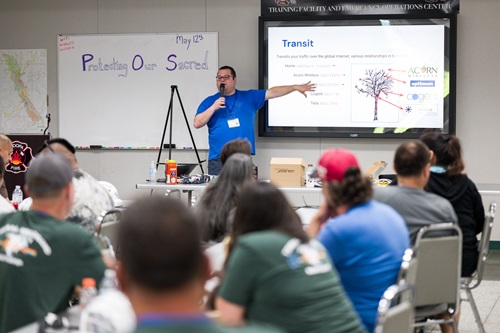
Perhaps assuming that the exemption is widely known among potential subgrantees, many states do not expressly acknowledge it, including states with relatively high numbers of “high-cost areas” like Nevada, Montana, and Wyoming. North Carolina’s plan even says that “BEAD requires that all applicants provide a minimum of 25% match.” While about half of the states mention the lower match requirement directly, some suggest it will be treated on a case-by-case basis, not automatically applied.
Moreover, decisions about the subgrantee process might make a match exemption practically impossible, even in states that addressed it directly in their documentation.
First, the scoring rubrics being outlined by most states may pose a significant challenge. States are required to “minimize BEAD outlay” in these rubrics. In fact, in most states, this category receives the single greatest weight, setting up a potential conflict with the “high-cost” exemption.
Many states have chosen to pursue the minimal BEAD outlay priority by incentivizing higher matches in the scoring rubric and, at times, awarding no points for proposals that meet the minimum requirement. This would make it nearly impossible to compete with another proposal. Very few states - like Arizona, Michigan, and Washington - note that the match exemption would be factored into the scoring rubric, and they too often award zero points for minimum matches.
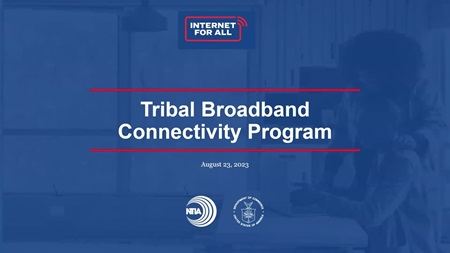
Some states, like Wyoming and Montana, while incentivizing higher matches, propose a scoring rubric that compares applications to a benchmark subsidy level for the area developed by the state, using the benchmark as a cap on funding. It is often not clear the extent to which a benchmark would incorporate the match exemption in a “high-cost area.” A benchmark scaled to 75% of the estimated cost would essentially preclude the possibility of a lower match.
States have significant leeway in their BEAD choices and NTIA’s documentation notes only that the “high-cost areas” are “exempt” from the match requirement, not that states cannot prioritize projects with a match. The planning documents issued by many states suggest that they anticipate a funding shortfall. By downplaying the match exemption, states may hope to stretch their BEAD dollars further.
A second challenge revolves around how states are defining project geographies. Each state is at liberty to pre-determine some base geography or allow subgrantees to propose their own areas. Some states have proposed to diverge from census block groups and set alternative base geographies, often without specifying if and how the presence of “high-cost” census block groups in those geographies will be communicated or incorporated financially. Many states that are electing to use census block groups propose allowing applicants to build larger geographies, potentially posing challenges for making like-for-like comparisons among overlapping applications that involve “high-cost areas.”
The state of Washington is an outlier in the detail it gives “high-cost area” designations, offering clarity that may be especially useful for Tribal ISPs. It proposes a separate scoring rubric for these areas, though it still explicitly incentivizes some match “to optimize every BEAD dollar.”
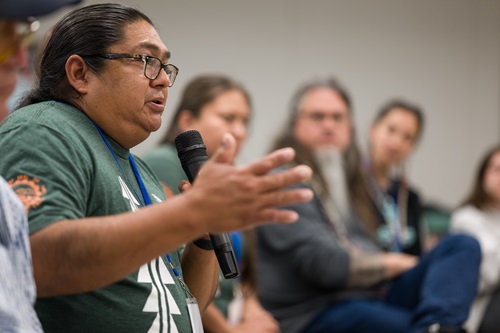
It has also made two crucial decisions about geography. Most importantly, it has carved Tribal lands out as separate geographies. It has also proactively stated that, because it is not using census block geography, it will clearly mark every “high-cost” location.
Combined with BEAD’s Tribal consent requirement, these processes will likely make it easier for Tribes to make use of the exemption on their lands.
In many ways, Washington’s plan is the exception that proves the rule - highlighting what has been obscured or omitted by other states.
Advocates have raised alarms about the barriers for smaller ISPs caused by BEAD’s match requirements. The BEAD Notice of Funding Opportunity (NOFO) itself acknowledged that “a match requirement could deter participation in the BEAD program by small and non-traditional providers,” and said that states “should consider ways” to remedy this. The “high-cost area” match exemption is one such remedy, already built into the program. But, even though it exists in theory, most states may be making it almost impossible in practice.
Though public comment periods on most of these plans have closed, states await final approval from NTIA and elements of the plans may still change or be clarified.
Tribal Consent Requirement Gives Tribes Leverage
There are significant barriers and limitations for Tribal ISPs looking to use the match exemption, but also potential leverage for Tribal nations.
First, given the much-discussed barriers to infrastructure development on Tribal lands, fewer Tribal areas were designated as “high-cost areas” than might be expected. Undoubtedly, some of this should be attributed to data inaccuracies and provider overstatement in the FCC’s map, which ILSR and many others have called attention to in the past. Higher levels of service in some communities, in part thanks to existing Tribal ISPs, have also put some areas over the service threshold.
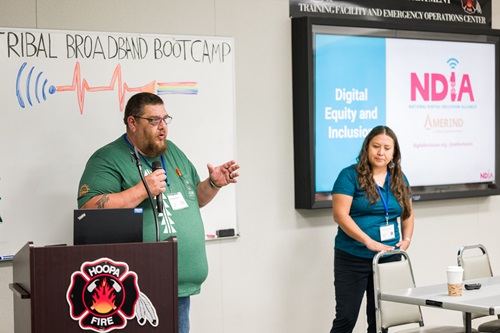
Another potentially challenging reality is that the geography that NTIA chose to use to designate “high-cost areas” - census block groups - are often poorly aligned with Tribal boundaries. This is a problem that Tribal broadband leaders have long critiqued. This geographical mismatch could create additional challenges that compound the questions surrounding project geographies, especially where states do not account for Tribal boundaries in their application process.
However, unlike other small providers that the exemption could also benefit, Tribal ISPs may have recourse to additional leverage to bolster their proposals - BEAD’s Tribal consent requirement. By requiring that any proposed deployment on Tribal lands has formal Tribal consent, BEAD departs from the policy of several previous federal broadband funding programs.
If a state should fail to meet their obligations for a robust and collaborative consultation process that invites Tribes to participate in the subgrantee process or if a state’s subgrantee process makes it difficult for Tribal ISPs to win BEAD money without a match, Tribes have the right to withhold consent for any other proposal. And without that consent, “universal service” - the state’s primary mandate - is impossible.
On the other hand, if a state’s subgrantee process leveraged the “high-cost area” match exemption to encourage participation from Tribal ISPs, it could help build a BEAD program that respects Tribal sovereignty, ensures provider accountability and affordability, and meets the goals of universal service.
There are Tribal broadband advocates and Tribal leaders working to establish and expand connectivity in their communities, despite often limited resources and in the face of decades of federal and incumbent neglect. These organizations and individuals are assets that states cannot afford to overlook. A process that incorporates the “high-cost area” match exemption and makes it easy for Tribes to use could allow these experts to participate more fully in BEAD’s historic broadband deployment - and might ultimately lead to unprecedented success.
Inline images courtesy of Christopher Mitchell
